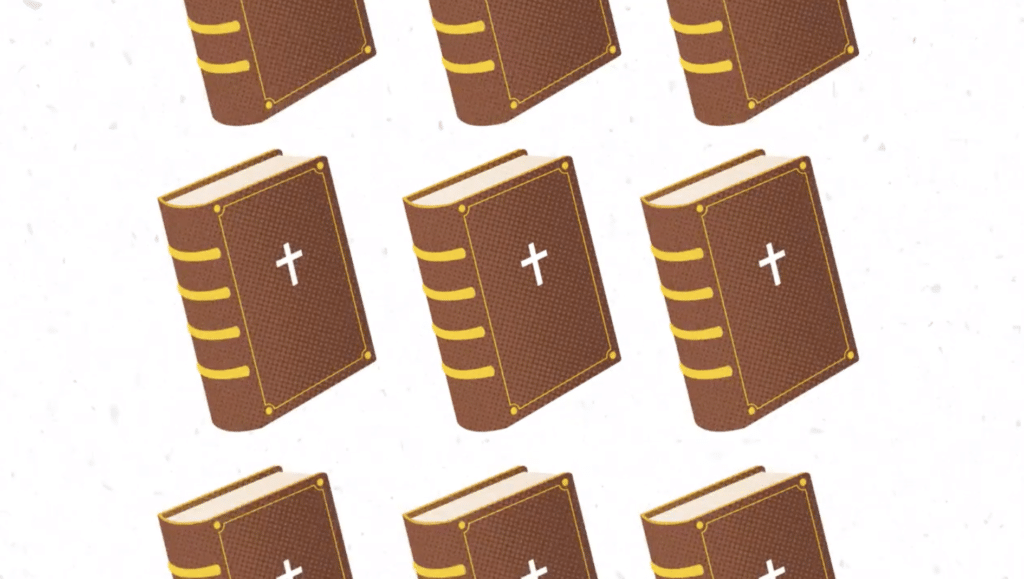Transcript
Opening the Bible, if it’s for the first time, even if it’s not the first time, for those of us who are cradle Catholics and have been in the Church all of our life, the Bible is always something that intimidates us because there’s symbolism that we don’t understand and there are people’s names that we can’t pronounce, and sometimes it seems like we’re just reading this long history book of tribes and numbers of people and all of that. But the richness of the Scriptures are obviously abundant. There are different resources out there to kind of help you navigate through reading the Bible. You can buy a Bible that helps you have a plan to read the Bible in a year. So sometimes it takes something from the Old Testament, a Gospel passage, something from one of the letters of St. Paul, a psalm, you know, and it kind of encompasses all of that in one daily prayer session or reading session. I think that’s a good way. I decided that I was going to start with the New Testament, because it’s just easier for me. And, I felt like I was accomplishing something, you know? So, a lot of the letters of St. Paul, they’re rather short. So I felt pretty good about myself when I could say, “Wow, you know, I’ve read three of the letters already from St. Paul!” It only takes a rather short period of time to read all of the New Testament. And so once you’ve done that and then go back to the Old Testament and say, “Oh, here’s some of that symbolism. Here’s how it all works together.” For other people it’s, “I’m going to start at Genesis and I’m going to read all the way to Revelation.” And that’s okay, too! But again, it depends on the person. Start with what you can accomplish and what won’t frustrate you from the very beginning.
